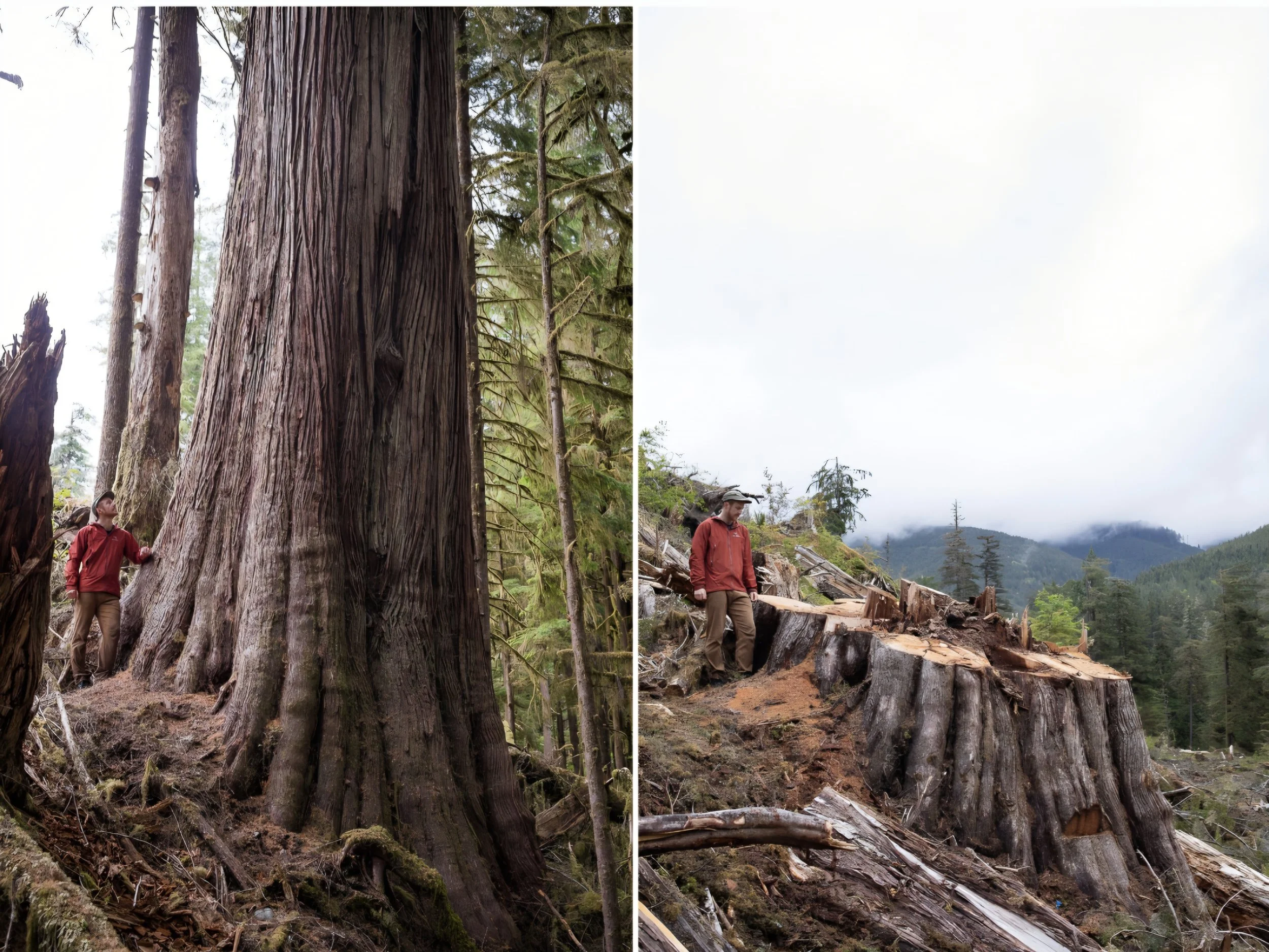On Tuesday, the federal government released its budget — which, disappointingly, fails to mention Canada’s 30x30 protection target for lands and waters. In fact, there is no mention of nature protection at all. There are no discernible allocations of funds dedicated to expanding Canada’s protected areas system, and the existing funding runs out in the spring of 2026.
This stands in stark contrast to federal budgets from the past several years, when billions of dollars were allocated to expand the protected areas system across Canada — resulting in the protection of tens of millions of hectares of land and water.
We’ve heard that there may still be separate federal announcements coming on nature protection. However, the reality is that the Carney Liberals — and all parties — need to feel the heat to make nature protection a top priority.
Protecting nature is foundational for our health and well-being, for averting the extinction and climate crises, and for supporting and strengthening a diversified, sustainable, and prosperous economy. Numerous studies show that when the protected areas system expands significantly, not only do tourism and recreation industries thrive, but so do real estate, construction, non-timber forest products, and industries that depend on skilled workers drawn to nearby communities — all while benefiting from the ecosystem services these areas provide.
Most importantly, the federal government needs to reintroduce and pass the Nature Accountability Bill, which died in Parliament due to delays from the Conservative Opposition before Parliament was prorogued for the federal election last April.
If passed, this bill would enshrine Canada’s international protected areas commitment into law (currently 30% by 2030). A strengthened version could go even further by including targets to protect the full diversity of ecosystems across Canada — rather than continuing an ad hoc approach that prioritizes areas of low economic value (typically in the far North, Canadian Shield, Arctic, and alpine tundra - while these are important ecosystems to protect, there is a critical and urgent need to prioritize the southern, biologically rich ecosystems most threatened by logging, agricultural conversion, and urban sprawl where most species at risk are).
It’s time to make sure nature protection becomes the law and is adequately funded.
- Ken Wu, Executive Director, Endangered Ecosystems Alliance
